Meet Hanqing Ma | Cinematographer & Colorist
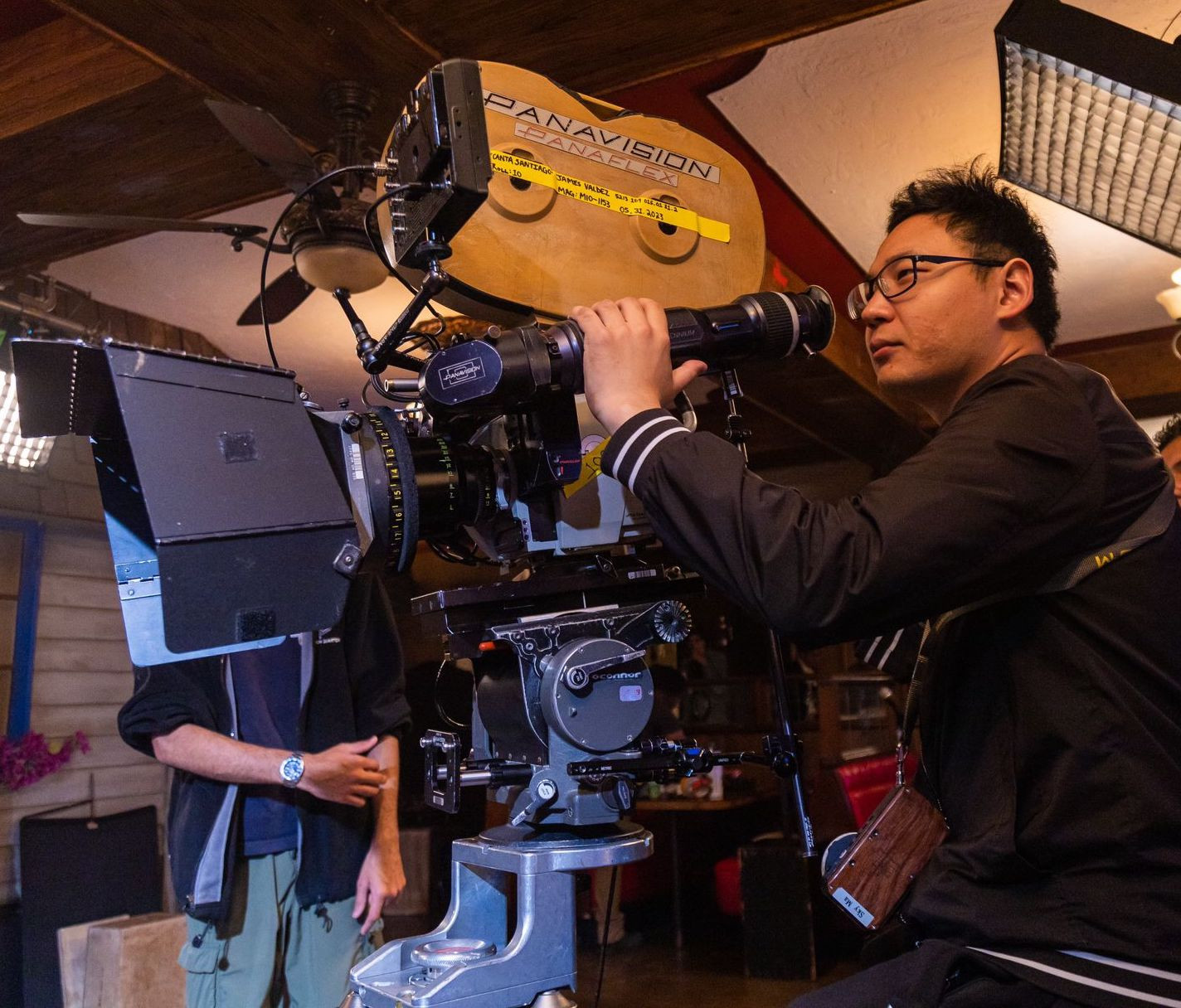
We had the good fortune of connecting with Hanqing Ma and we’ve shared our conversation below.
Hi Hanqing, what’s the end goal, career-wise?
My dream is to end my career known as a cinematographer who didn’t just capture scenes but truly told stories through every frame. I’m passionate about the beauty in our world and the power of film to share that beauty while telling meaningful stories. I see myself mastering the art and technique behind the camera, working on films and documentaries that challenge and move audiences. Ultimately, I want to look back on a career filled with projects that I’m proud of and that have hopefully inspired others to see the world in new ways
Let’s talk shop? Tell us more about your career, what can you share with our community?
As a cinematographer and colorist, my artistry revolves around the interplay of light, shadow, and color, which are essential in shaping the visual narrative of a film. My unique approach lies in leveraging natural lighting to enhance the emotional depth of scenes, coupled with sophisticated color grading techniques that enrich the visual storytelling.
One of my most notable projects is the film titled Anna, where I served both as the cinematographer and the colorist. This role allowed me to fully orchestrate the visual atmosphere of the film, from initial shot composition to final color tones, ensuring that every frame effectively conveyed the story’s fantastical elements. Anna was highly acclaimed, earning awards for Best Cinematography and Best USA Film at the New York Cinematography Awards, and Best Fantasy Film at the Los Angeles Film Awards. It also received additional accolades from the Canadian Cinematography Awards and was an official selection at prestigious festivals like the Arpa International Film Festival and NICE International Film Festival. These recognitions were a testament to the meticulous care and creative vision applied throughout the film’s production.
The journey to where I am today has been challenging but profoundly rewarding. I’ve navigated numerous obstacles, from the technical complexities of cinematography and color grading to the competitive nature of the film industry. Overcoming these challenges involved a combination of relentless learning, creative experimentation, and strategic career decisions.
From these experiences, the most valuable lesson I’ve learned is the importance of holistic vision in filmmaking. Integrating cinematography with color grading not only enhances the visual impact but also deepens the emotional resonance of the film, making the storytelling more powerful and immersive.
I want the world to know that my work is about more than creating visually stunning images; it’s about crafting a visual language that speaks directly to the heart of the audience. Through my dual expertise as a cinematographer and colorist, I aim to continue telling compelling stories that not only entertain but also provoke thought and evoke a spectrum of emotions.”
This response effectively highlights your dual roles and integrates specific achievements, giving a comprehensive picture of your professional capabilities and artistic philosophy. It also reflects your passion for visual storytelling and the impact of your work on the film industry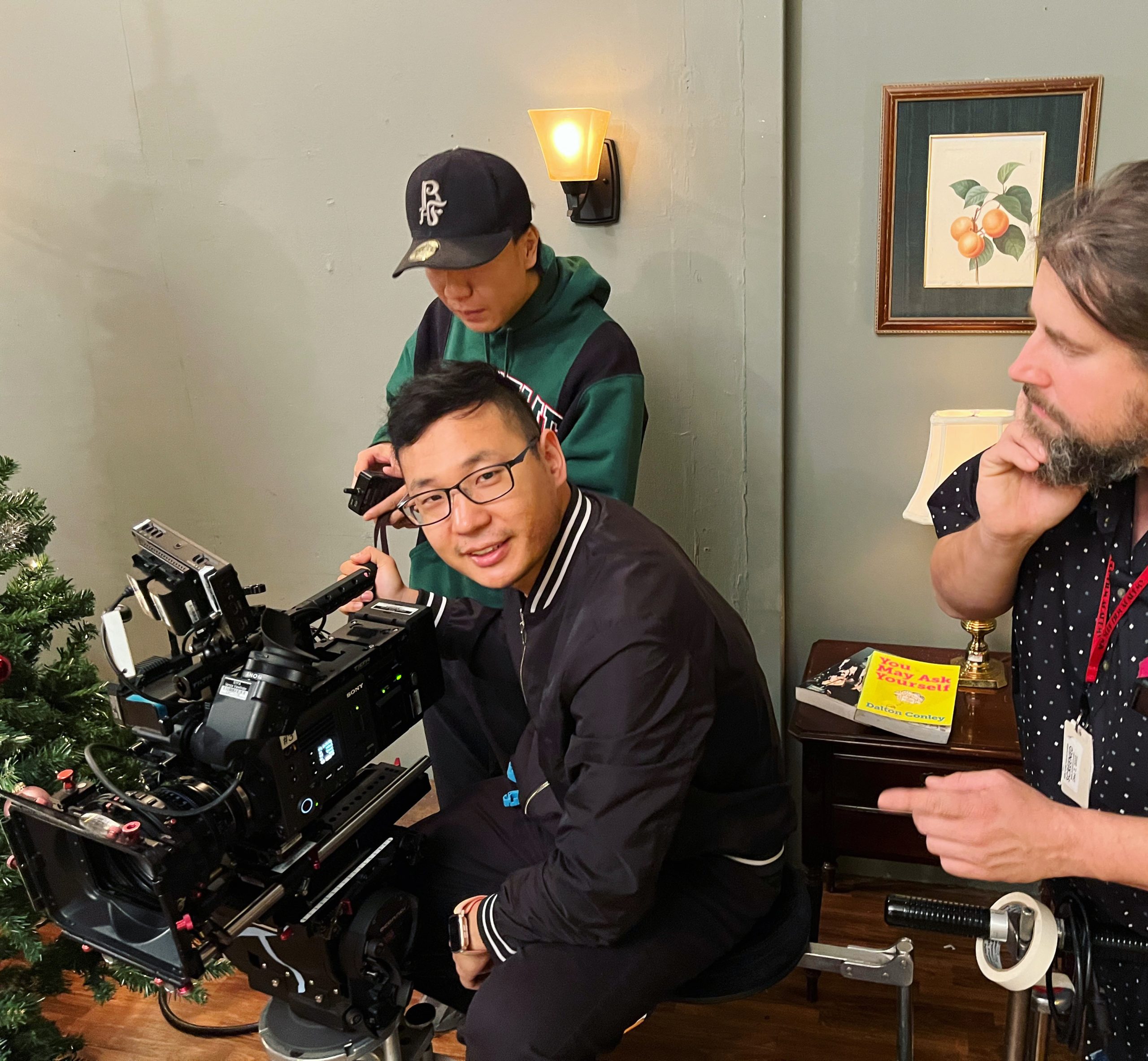
Any places to eat or things to do that you can share with our readers? If they have a friend visiting town, what are some spots they could take them to?
Our adventure in Los Angeles kicked off with a breakfast at The Griddle Cafe, where my best friend and I dived into the city’s bustling film scene over some famously oversized pancakes. As a filmmaker, walking the Hollywood Walk of Fame afterwards wasn’t just fun; it was a pilgrimage. Each star on the sidewalk reminded us of the cinematic legends who’ve shaped our craft. We stopped frequently, discussing their films and the techniques that revolutionized our industry.
The next morning was for the Hollywood Sign—iconic, inspiring, and a beacon for every dreamer in the film world. Hiking up from Griffith Park, we shared stories of our own projects and the shoots that brought us closer to our ambitions. Atop, looking out over Hollywood, we felt part of something larger—a continuum of dreamers and creators.
Midweek, we explored the Griffith Observatory, a site famous not just for its scientific exhibits but as a filming location. Eating breakfast at Alcove Cafe & Bakery, we planned how we’d capture our own shots, using the cityscape and the observatory’s timeless architecture as backdrops. That evening, the planetarium show wasn’t just a spectacle; it was a masterclass in visual storytelling, reminding us of the power of perspective and lighting.
Downtown LA was our playground the next day. The Los Angeles County Museum of Art wasn’t just an art visit; it was a deep dive into narrative forms and aesthetic inspiration. Each gallery offered new ideas for framing and composition. We dined at Ray’s & Stark Bar, discussing how we could incorporate contemporary art’s boldness into our filmmaking. The Broad and Walt Disney Concert Hall later provided further creative fuel, their modern lines and spaces sparking ideas for future sets.
Our journey continued to Santa Monica and Venice Beach, places as famed for their cinematic appearances as for their vibrant cultures. Cycling from Santa Monica Pier to Venice gave us a firsthand experience of these iconic locations. As we watched street performers and interacted with local artists, we discussed how these scenes and characters could be woven into our narratives. Dining at Gjelina later, we appreciated how even culinary experiences could influence sensory storytelling.
On our last full day, we sought tranquility and reflection at The Getty Center. The serene gardens and spectacular art were a welcome respite from the week’s excitement and a chance to reflect on how natural beauty can dramatically enhance cinematic landscapes. Our afternoon at The Grove and the Original Farmers Market was less about shopping and more about observing life unfold—everyday dramas that could inspire our next scripts.
On our final morning at Republique, as we savored our brunch, we shared heartfelt stories of what the week meant for our creative journeys. Our conversation wasn’t just a recap; it was a planning session for how we’d use our Los Angeles inspirations in our upcoming projects.
As I waved goodbye, I realized this trip wasn’t just about revisiting familiar sights; it was about seeing them through the lens of our cameras and our shared cinematic dreams. This week reinforced our commitment to telling stories that move, provoke, and inspire, using every bit of knowledge and inspiration our journey through Los Angeles had offered us.
This version emphasizes your background in filmmaking, weaving elements of your profession throughout the narrative to give a comprehensive view of how your experiences in Los Angeles could enrich your creative and professional endeavors.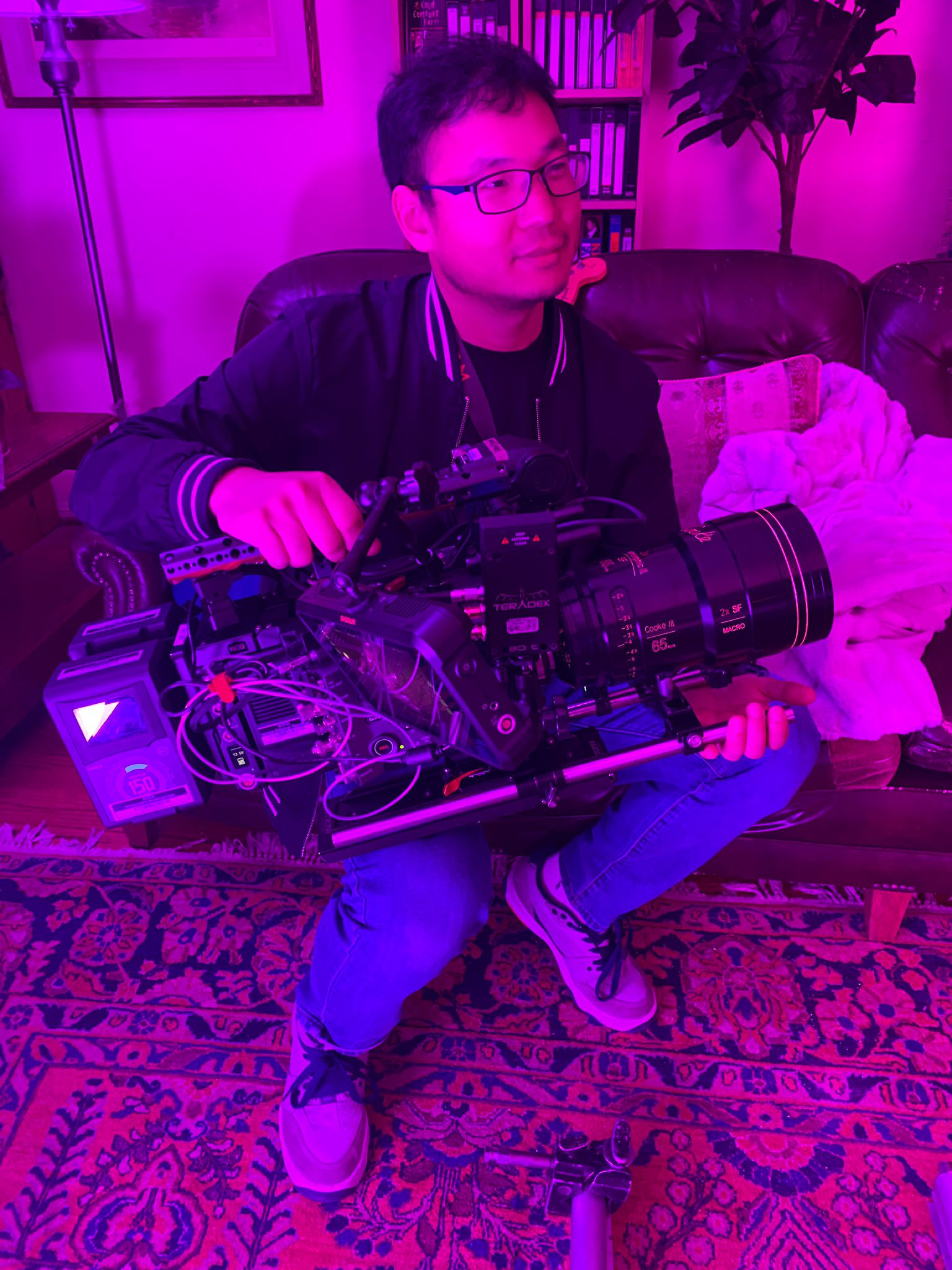
Who else deserves some credit and recognition?
First and foremost, I owe a great deal of my understanding and passion for cinematography to the book Cinematography: Theory and Practice: Image Making for Cinematographers and Directors by Blain Brown. This comprehensive guide not only introduced me to the fundamentals of cinematography but also deeply influenced my perception of how cinematography enhances storytelling in film. It has been a cornerstone in my journey to becoming a professional cinematographer.
Additionally, I would like to extend a special thank you to Suki Medencevic, ASC, who has been an incredible mentor to me. His guidance in the art of lighting scenes, composing compelling frames, manipulating camera movements to evoke emotion, and making cinematography a habitual part of my life, has profoundly shaped my professional approach.
Lastly, I must acknowledge Roy Sun, a professional colorist who has expertly guided me through the intricate process of color grading. Roy has taught me not only the technical skills required for color correction but also how to apply these skills to visually enhance a film’s narrative. His mentorship has been invaluable in refining my skills as a cinematographer.
Each of these individuals and the insights from Blain Brown’s book have left a lasting impact on my professional life, playing pivotal roles in shaping me into the cinematographer I am today. I am deeply grateful for their guidance and support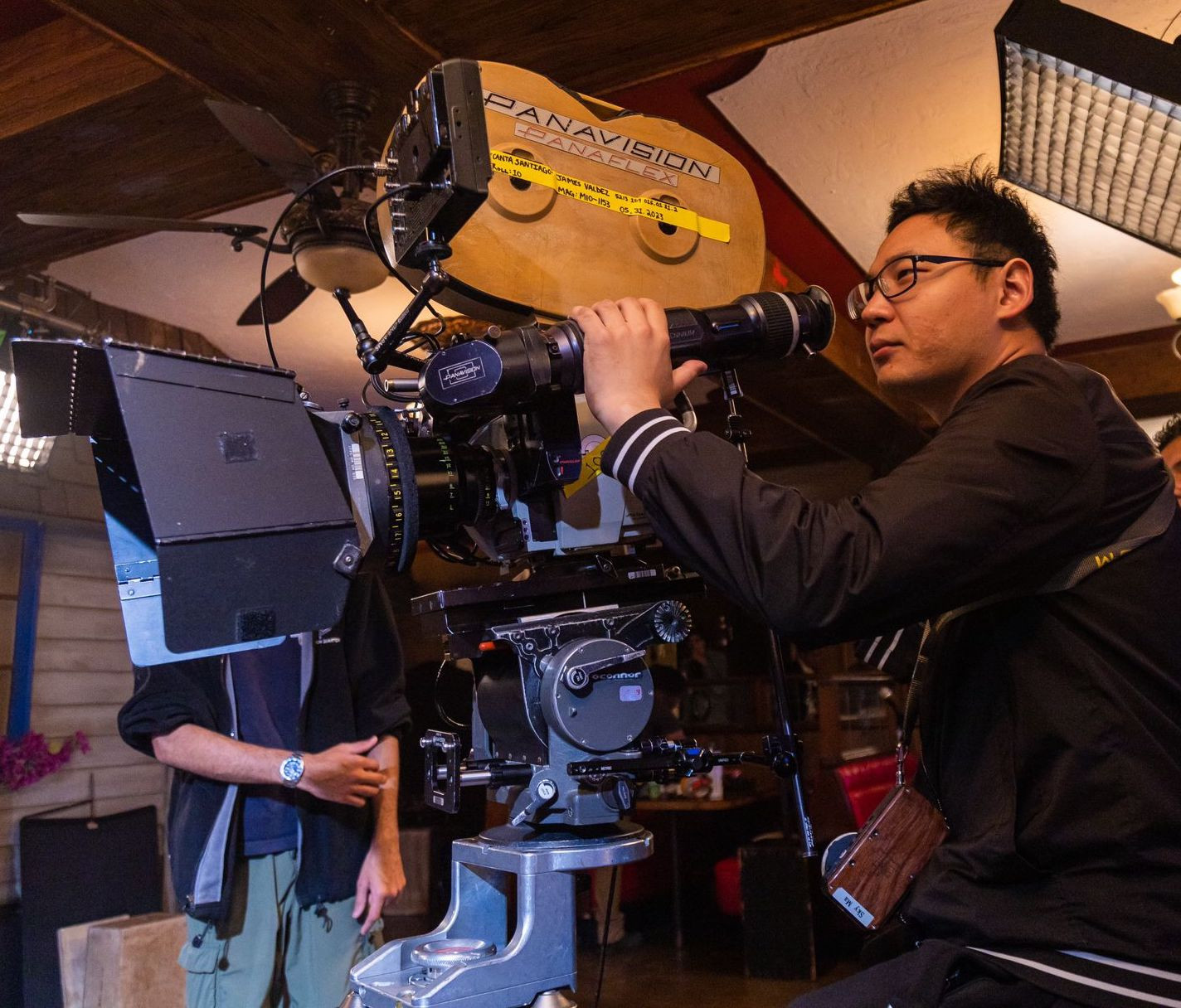
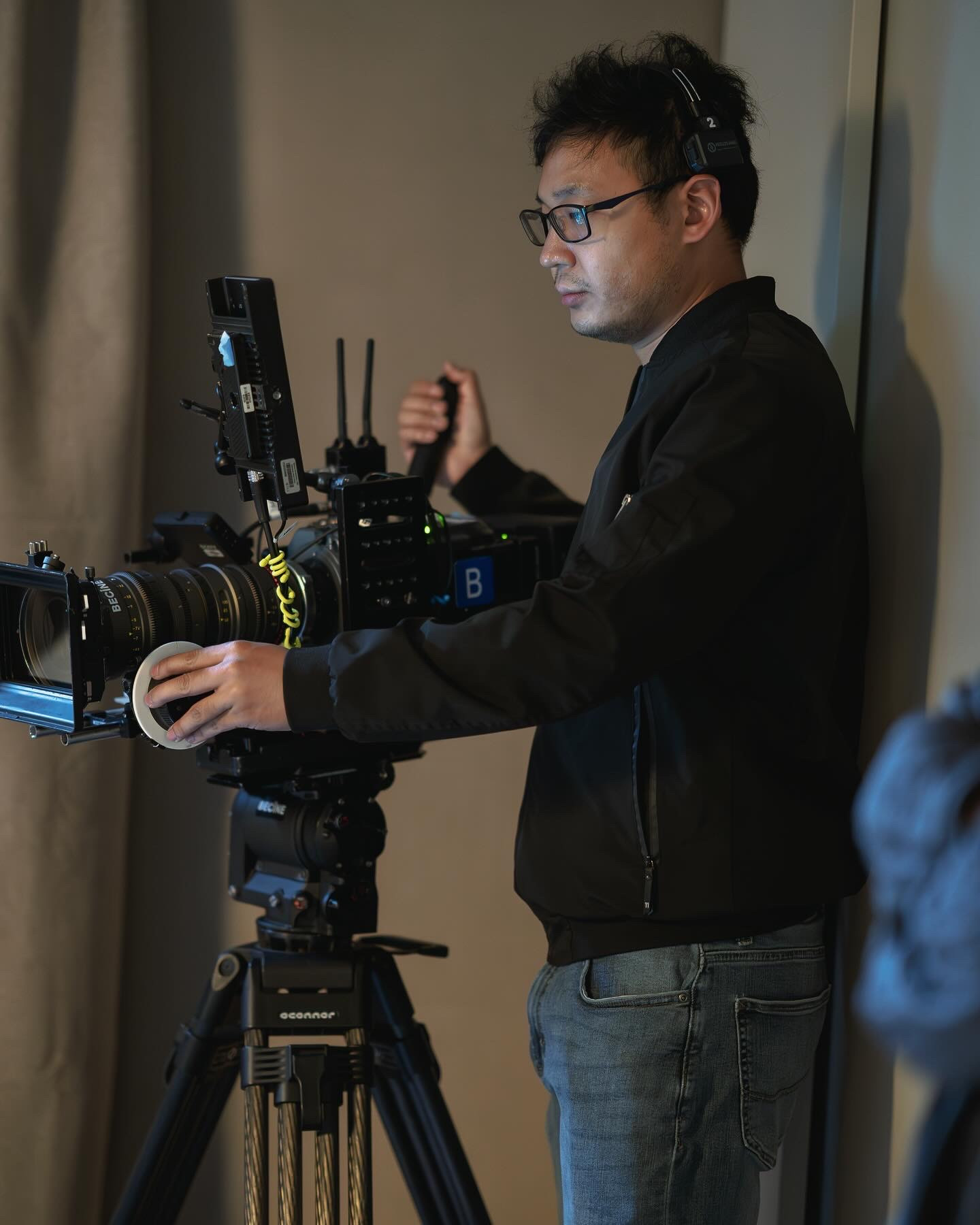
Website: https://www.imdb.com/name/nm10040605/?ref_=ttfc_fc_cr
Instagram: https://www.instagram.com/hanqing_sky_ma?igsh=OGQ5ZDc2ODk2ZA%3D%3D&utm_source=qr
Linkedin: https://www.linkedin.com/in/hanqingskyma/
